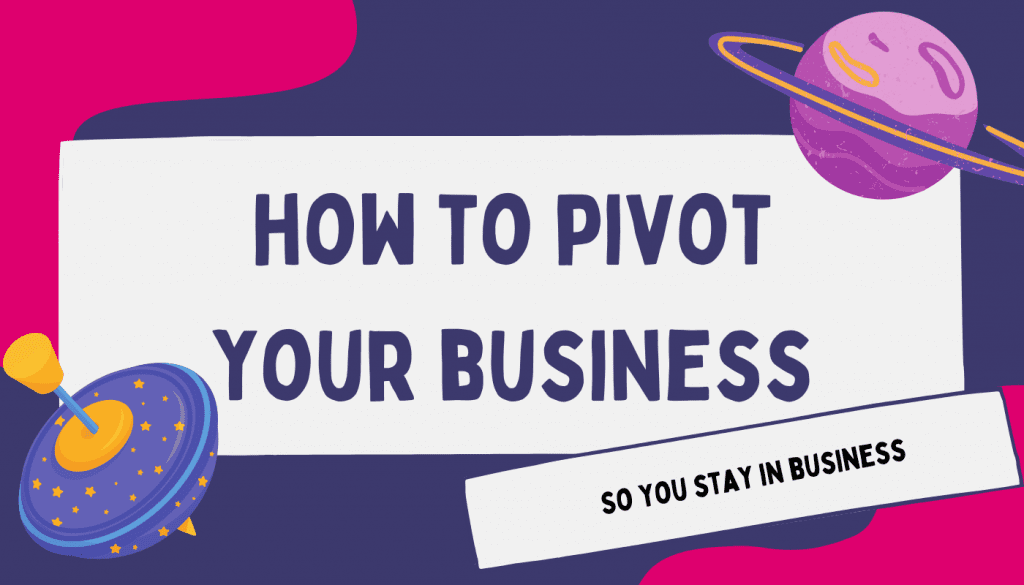
Your profit margin is how much money you actually get to walk away with after a transaction is complete (revenue…

Your profit margin is how much money you actually get to walk away with after a transaction is complete (revenue…

The changes and stresses caused by the pandemic are taking their toll on all of us. It’s been almost a…

For a business to grow sustainably (and to successfully make it through the financial bumps in the road), cash flow…

While sometimes it’s necessary to take on clients at a lower price than we want – especially when we are…

Two sports teams both have the goal to win the game at hand, but only one can. This shows that…

As we keep plunging deeper into a global recession, it can be tempting to panic and dither with decisions, but…

As author Dough Hall correctly put it, “if your profit margins aren’t rising, chances are your company isn’t thriving.” Makes…

The pandemic may have forced hundreds of businesses to convert from co-located teams to 100% virtual teams in a matter…

The UK Prime Minister, Boris Johnson, UK Chief negotiator David Frost and EU negotiator Michel Barnier continue to offer differing…

Are you saying yes to every piece of business coming your way? Do you hear yourself saying ‘I wish I’d…